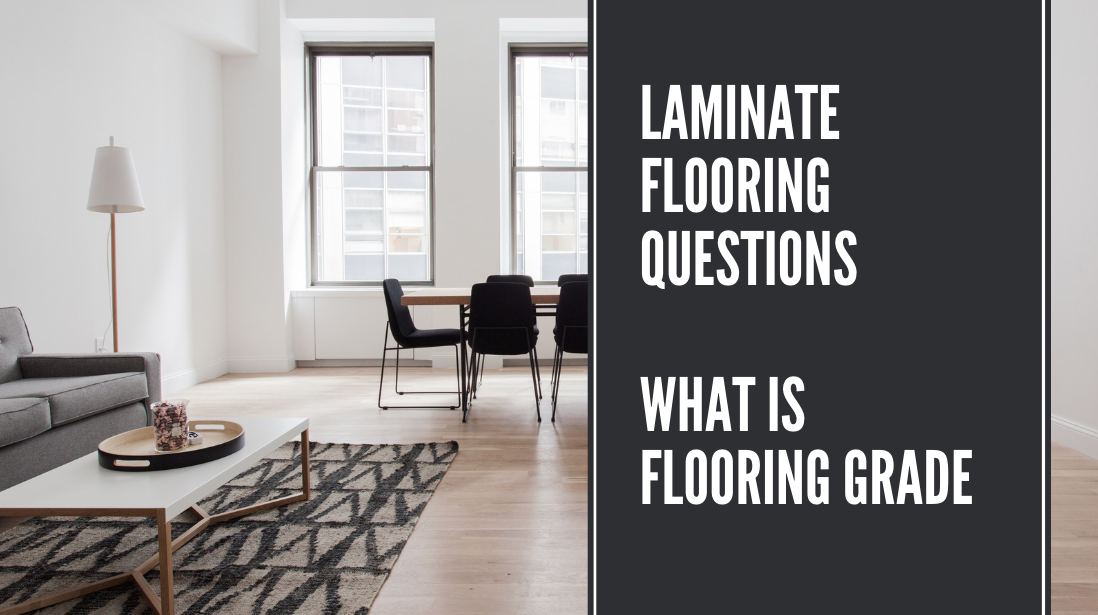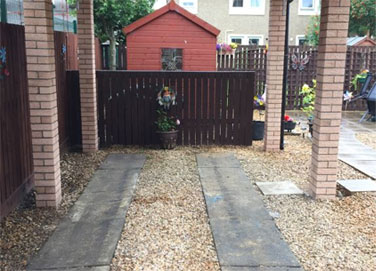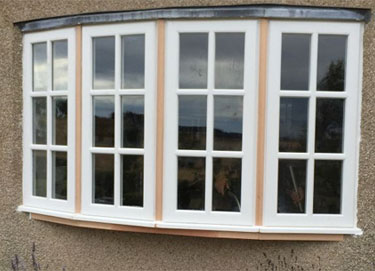Engineered and solid wood floors are divided into grades based on how many surface markings they display.
Generally speaking, the features taken into account when grading wood include: the number and size of knots; the amount of sap present in the wood and its colour variation.
The smaller the knots, the lower the sap content and the more uniform the colour, the higher the grade of wood.
They range from select grade floors that have little or no natural markings for a clean and contemporary look, through to rustic grade floors that have knots, sapwood and mineral streaks proudly displayed to give the floor character.
Select
Select grades are the highest grade of flooring. It is a more uniform look due to having only slight colour variation between the boards.
The grain is straighter then other grades and the floor will contain very few and infrequent small knots and character marks. This grade of flooring is the most expensive as it is in limited supply from the raw material.
Family
Family grade floors, while not as free of natural markings as select grade floors, are an excellent choice for if you’re looking for a ‘clean’ looking floor without many knots and mineral streaks, or too much colour variation.
Family grade is a more affordable option than select floors, while also offering a richer, more natural character.
Nature
Natural grade is the middle grade of timber and shows more character than family grade, but less than rustic grade.
These natural grade floors can display infrequent knots, colour variation, some mineral streaking and grain pattern.
Rustic
Rustic grade is a vibrant and colourful floor full of character and excitement.
The floor can display heavy grain markings, wider colour variations and frequent knots of varying sizes.
This flooring offers great value for money, as the majority of the raw material will contain this type of grade, without compromising on the quality, wear and stability of the floor.





